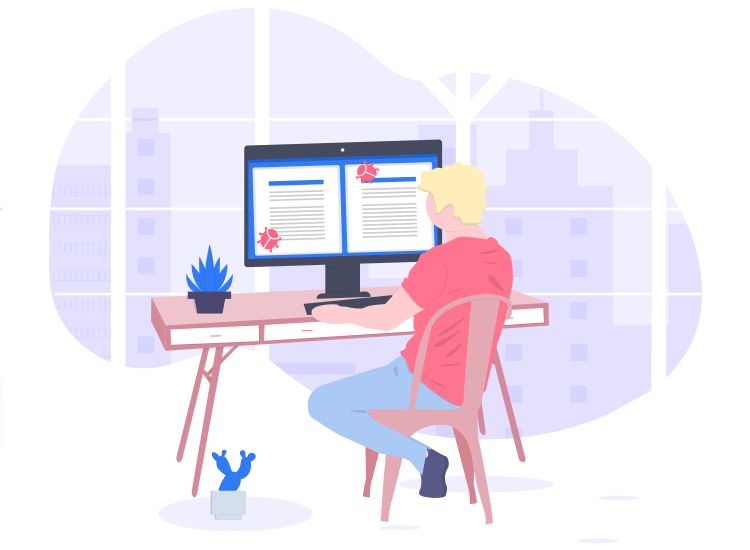
An Overwrite Virus is a malicious piece of computer virus which aims at destroying the original program code. It overwrites data in the host program (systems memory) rendering the entire program useless.
This deadly virus can exploit DOS platforms including Windows, Linux, and Macintosh. On the infected device, it overwrites infected code which can cause irreparable damages to your computer system and files.
Apart from this, it can also make your system inoperable and unstable with time and the only way of getting rid of the Overwrite virus is by completely deleting and restoring your original files from a backup source.
How Does the Overwrite Virus Work?
The working methodology of the Overwrite virus is quite simple and straightforward. To start with it deletes your data and then overwrites it with random data.
It is capable of completely erasing your files from your device memory with no option of recovery. This deadly virus can not only make your applications un-operational but also encrypt and steal your data on execution.
Popular Overwrite Viruses
Grog.202/456 typically targets your .COM files, deletes them, and overwrites them with harmful code. In case there is no .Com file the virus can even target the internet-connected network devices by calling over the users modem.
This one targets a specific area of your hard disk looking out for special instructions. If the virus detects and finds the instruction it overwrites it with malicious code. This can cause considerable damage to your device including BIOS and several device booting issues.
This is one of the deadliest forms of the Overwrite virus. Its ability to act as a Trojan, file infectors and email worm makes it different from its other family members.
The only way you can combat data loss due to the Overwrite virus is through data backups as there is no other way in which you can disinfect your original files.
Here Are You Must Follow Preventive Tips For You
Here are a few simple tips that you should follow to guard your device against probable viruses.
- Use a strong Antivirus tool.
- Never fall for phishing emails consisting of infected links and attachments.
- Do not visit unknown websites.
- Use a powerful Ad-blocker tool to get rid of unwanted ads and pop-up banners.
- Use only official websites for all your downloading needs.
- Regularly scan your device.
- Regularly update your device.
- Ensure that you create data backup from time to time to avoid any data loss.


1 Comment